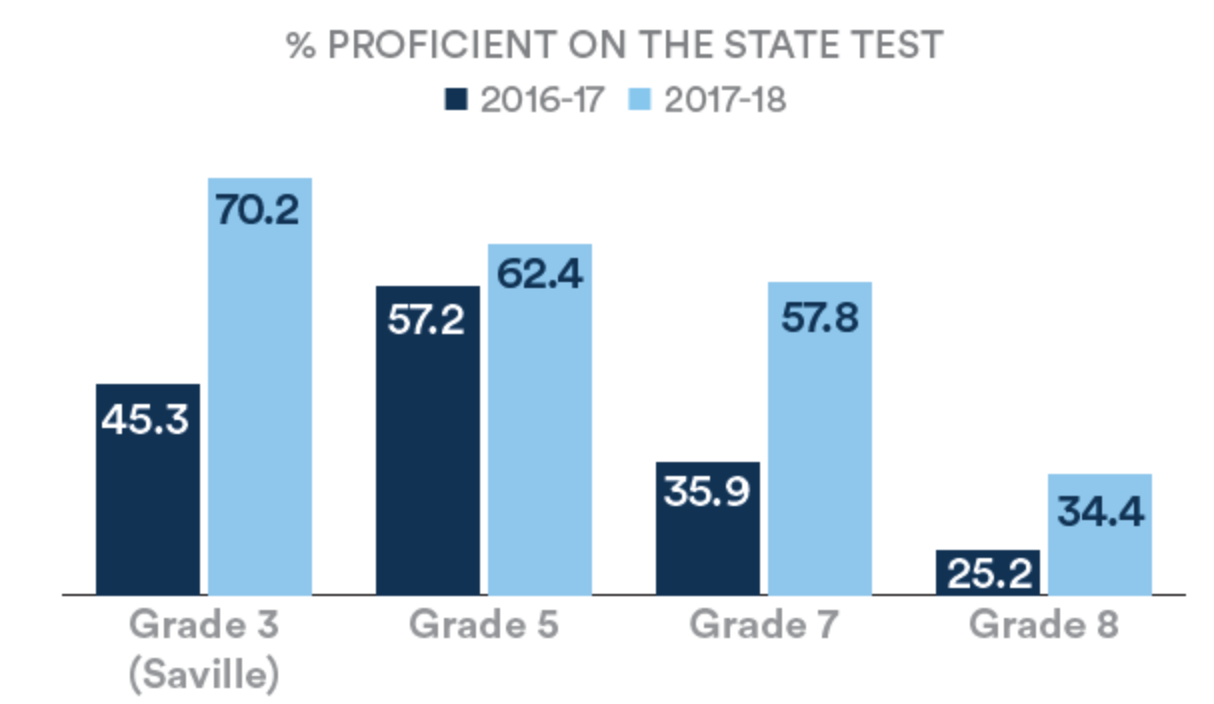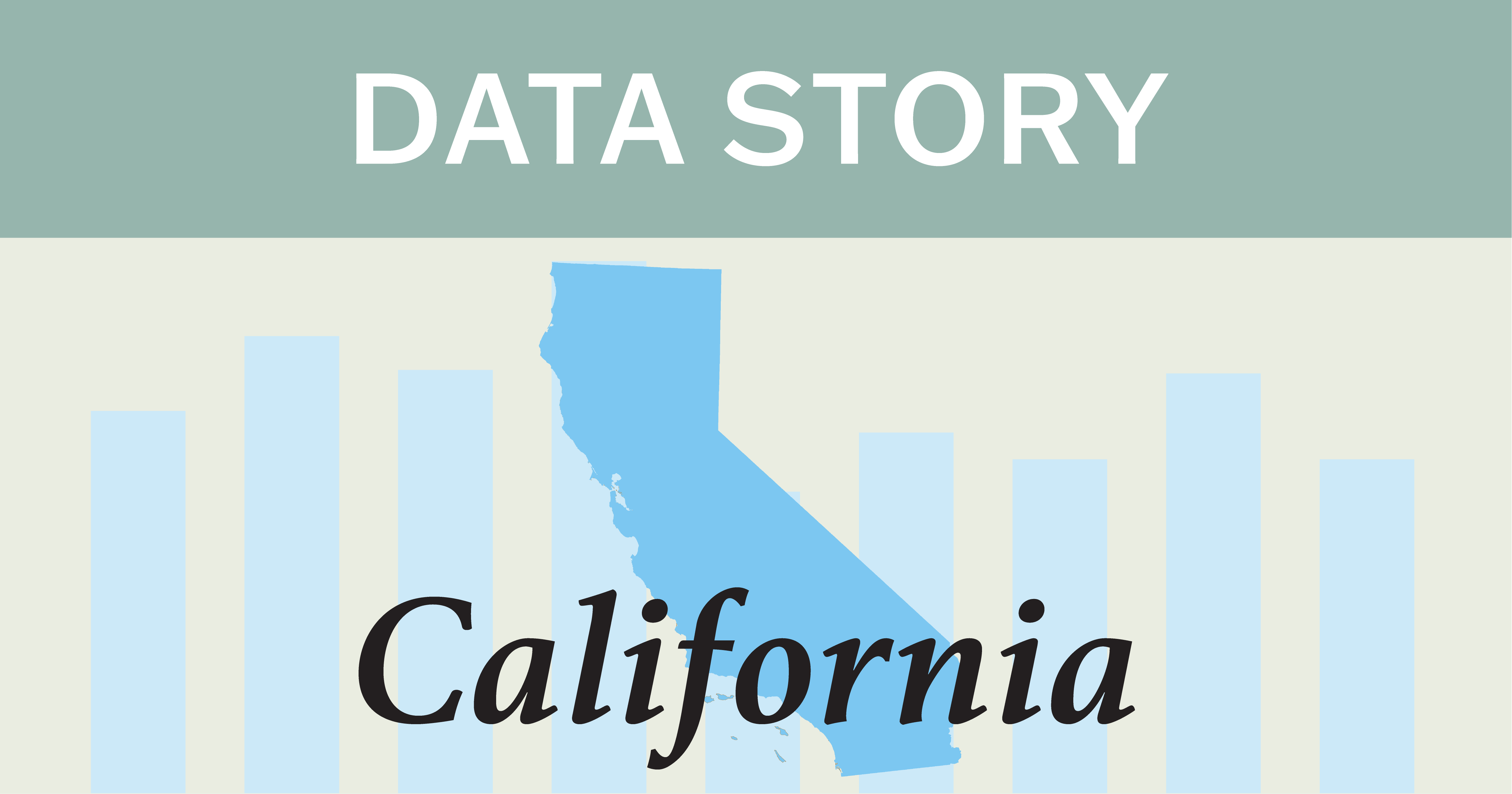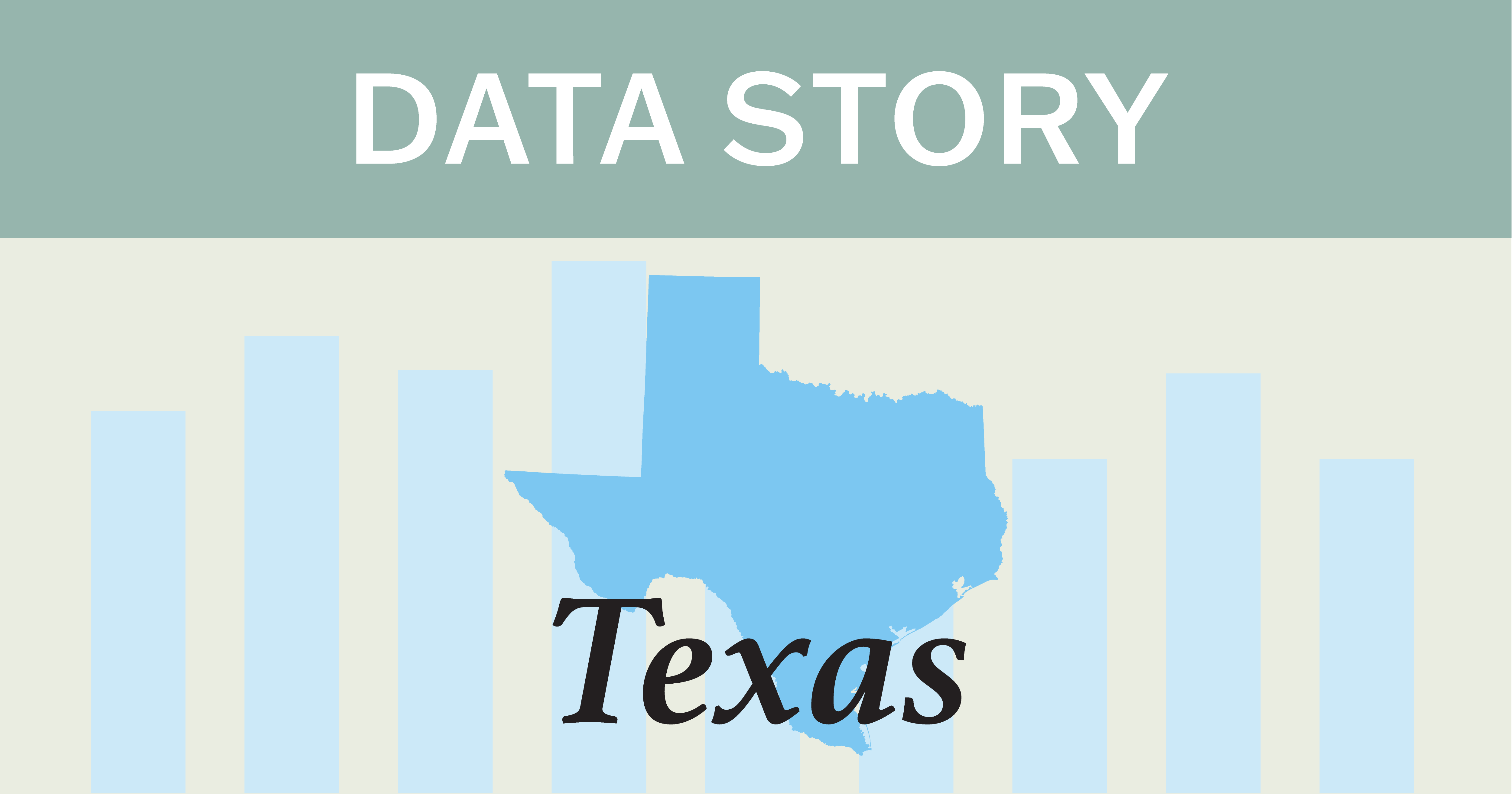Posted in: Aha! Blog > Wit & Wisdom Blog > Student Engagement Professional Development Data Stories > The “Joy of Learning” Infuses Classrooms, Buoys Teachers
When instructional coach Amy Holbrook describes the impact of Wit & Wisdom® on the Mad River Local Schools outside Dayton, Ohio, the word “joy” comes up a lot. “When they know content, students have a lot to say. When they first express those ideas – in speaking or in writing—teachers often are surprised. It’s a joyful moment for both students and teachers.”“When teachers see students can do this level of work, it’s reaffirming. They begin to believe in the curriculum. They tell me, ‘I’ll be darned, it really works.’ They’re joyful.”
“When they know content, students have a lot to say. When they first express those ideas – in speaking or in writing—teachers often are surprised. It’s a joyful moment for both students and teachers.”“When teachers see students can do this level of work, it’s reaffirming. They begin to believe in the curriculum. They tell me, ‘I’ll be darned, it really works.’ They’re joyful.”
The joyful moments are multiplying with the district now in its second year of full-scale implementation in grades K-8. Some classrooms are in year three. After one K-4 building and several elementary and middle school teachers piloted the curriculum in 2016-17, all elementary and middle school teachers began using the curriculum in 2017-18.
District Profile
- 7 schools: 4 grades K–4, 1 grades 5–8
1 grades 7–8, 1 grades 9–12- 76 % White
- 9% African American
- 5% Hispanic
- 61% Economically disadvantaged
- 4% English learners
Improved Scores, Smaller Gaps, More Engagement
Improved scores on the statewide tests offer one sign of progress. In particular, Holbrook points to the gains in grades that are now in their third year of using Wit & Wisdom.
In addition to achievement, Mad River Middle Schools saw significant gains in closing the achievement gap.
Direct observations provide a powerful, more tangible indicator of growth. In classrooms, Holbrook and her coaching colleagues see much more student engagement. “The kids are really into it. They are so insightful,” Holbrook says. Even students not yet on grade level have become more confident. “Nothing is more empowering than watching a student who first says ‘I don’t know’ go back into the text to look for evidence.”  Grade 7 ELA teacher Ashley Wittmer adds: “Student attitudes toward learning are starting to change. Complex texts and activities that assume students ‘can’ instead of ‘can’t’ give students the idea that ELA is something worth their time. They feel valued as learners. It wasn’t an overnight transition, but I have seen more student engagement, more connection, and more long-term learning using Wit and Wisdom than ever before.”
Grade 7 ELA teacher Ashley Wittmer adds: “Student attitudes toward learning are starting to change. Complex texts and activities that assume students ‘can’ instead of ‘can’t’ give students the idea that ELA is something worth their time. They feel valued as learners. It wasn’t an overnight transition, but I have seen more student engagement, more connection, and more long-term learning using Wit and Wisdom than ever before.”
Productive Discussions and Worthwhile Struggles
Holbrook recalls that some teachers worried their 8th grade students might not be ready for Shakespeare’s A Midsummer Night’s Dream, which is the core text for the “What Is Love” module. That unit asks students to build a complex understanding of love through study of Shakespeare, a neuroscientific argument, and examination of ethical questions about actions undertaken in the name of love. Shortly after beginning A Midsummer Night’s Dream, students demonstrated a willingness to unlock the joys of Shakespearean language. “They were getting all the puns and wanted to know more. There was such a level of excitement,” Holbrook says. “Instead of apathy, we’re seeing engagement and perseverance.”
Wittmer observes that raising the level of challenge is benefitting all students. “Taking away the idea that some students needed ‘easier’ texts or assignments, and replacing it with intentional knowledge building has allowed kids who haven’t had positive ELA experiences to blossom. I’ve seen kids who have struggled with reading their entire lives connect to Animal Farm because they have the opportunity to attack the text armed with knowledge and then express their understanding in ways that are low-risk.” Grade 7 ELA teacher Jessica Godsey also is impressed by the willingness of her students to be challenged. “What I have observed with students is powerful discussion along with productive struggles. Students make connections that have never crossed my mind. …They struggle but are willing to struggle. What I also see is how amazing students’ End of Module tasks turn out. Students are proud of their work and want to share.”
Grade 7 ELA teacher Jessica Godsey also is impressed by the willingness of her students to be challenged. “What I have observed with students is powerful discussion along with productive struggles. Students make connections that have never crossed my mind. …They struggle but are willing to struggle. What I also see is how amazing students’ End of Module tasks turn out. Students are proud of their work and want to share.”
 Grade 3 teacher Katie Luedtke cites her students’ growing abilities to make connections across content and to apply newly learned speaking and listening skills in classroom discussions. “My students are challenged by the increasingly complex text but supported by the framework of the lessons and assignments. They make connections with new content. They develop better speaking skills, and most of all they learn to listen to one another and agree and disagree respectfully,” she says.
Grade 3 teacher Katie Luedtke cites her students’ growing abilities to make connections across content and to apply newly learned speaking and listening skills in classroom discussions. “My students are challenged by the increasingly complex text but supported by the framework of the lessons and assignments. They make connections with new content. They develop better speaking skills, and most of all they learn to listen to one another and agree and disagree respectfully,” she says.
Teachers Get Major Support
Some teachers initially were concerned whether all students could access the curriculum. Teachers found it challenging to learn a new curriculum while implementing it—a little bit like flying a plane while it’s still being built. And it was a major adjustment to transition from self-created lesson plans to a specific curriculum.
To support teachers, the district has invested heavily in professional support during implementation. Great Minds® facilitators have conducted onsite professional development. Once a quarter, grade-level teachers meet as teams to do module studies. They regularly visit colleagues’ classrooms. They look closely at performance data. Three coaches provide ongoing support. Wit & Wisdom Fellow Molly Jones offered a well-attended Fluency professional development session during a recent early-release day. Teachers and coaches also rely heavily on the Implementation Guide, “the Holy Book of Wit & Wisdom,” according to Holbrook.
Pointing to the improving levels of student engagement, discourse, and test scores, Holbrook says, “most teachers are seeing that the hard work is worth it.”
Teachers particularly appreciate the curriculum’s coherence, intentionality, and ability to reach students at all levels. “Wit & Wisdom opened my eyes to some of the inequitable practices I’d been using in the classroom that were encouraged in the name of ‘differentiation,’” says Wittmer.
Advice for Moving Ahead
Based on Mad River’s experience, Holbrook offers several pieces of advice. She says it is essential to provide lots of support, especially in the first year, which is a challenging transition. “Teachers have to be allowed to make some mistakes and learn through the process. This is such a shift in how we were taught ourselves.”
She cautions against hyper-focusing on test scores and suggests providing multiple outlets to address challenges. Be patient. “Trust the curriculum. By spring, you’ll start to see results across all schools,” she says.
Additional Resources
For more about Mad River’s experience, read this Centerpoint article, In It For the Long Haul: Our District’s Experience Implementing a High-Quality Curriculum, co-authored by Amy Holbrook, Becky Parker, and Mandy Polen, or watch the following video.
Submit the Form to Print

Jenny Taylor
Jenny has over a decade of experience in education policy and research. She has worked with states and districts on the development and implementation of college and career readiness policies, especially around the implementation of rigorous standards and high-quality instructional materials. She has extensive knowledge about K–12 standards, graduation requirements, assessments, and accountability systems nationwide. Additionally, she has conducted research for school districts to address pressing needs in those districts. Jenny received her B.A. in English and education from Bucknell University and her M.Ed. in education policy from the University of Pennsylvania Graduate School of Education.
Topics: Student Engagement Professional Development Data Stories











